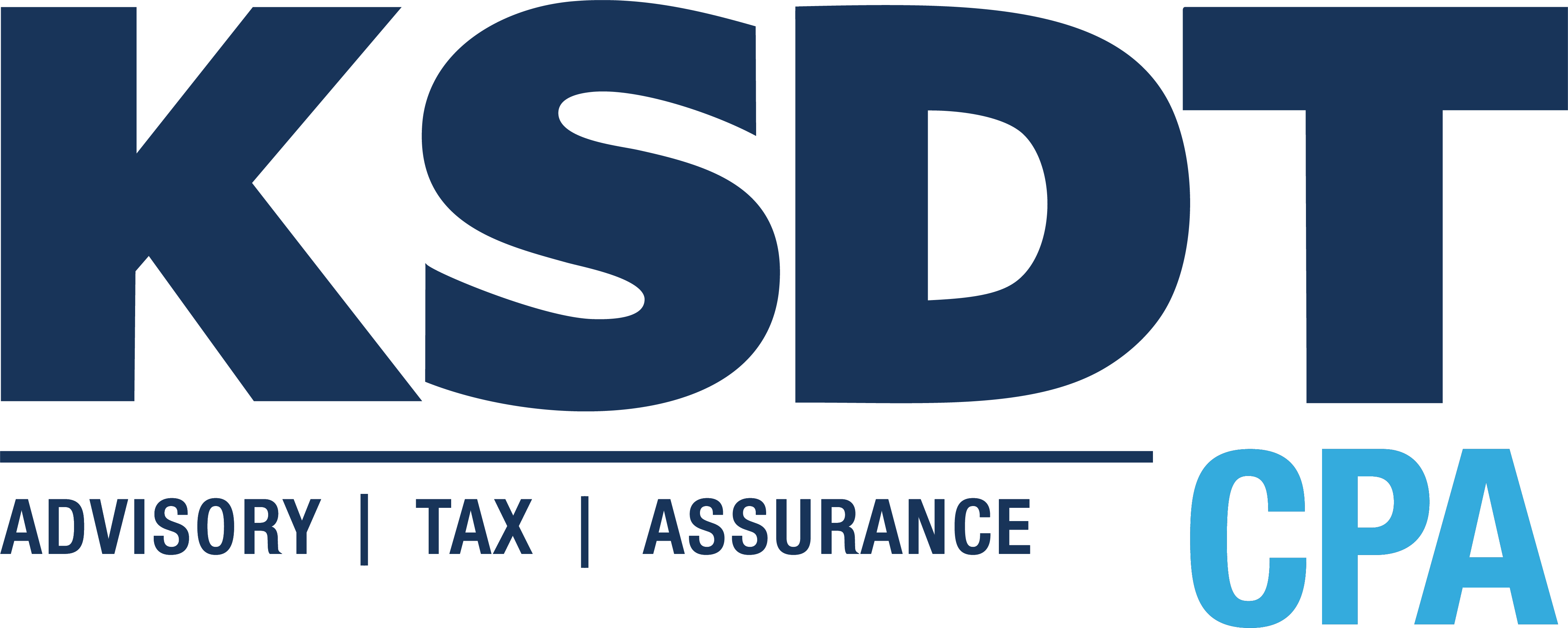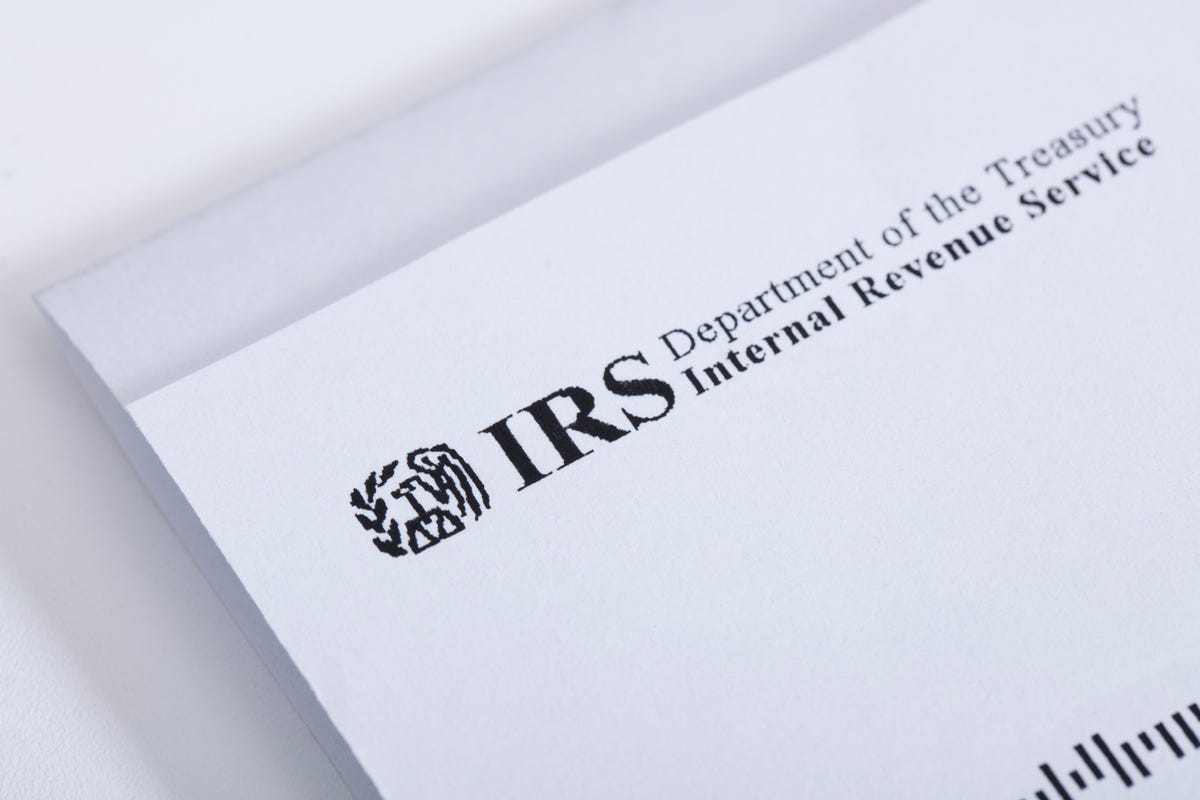When the SECURE Act went into effect on January 1, 2020, there were many open questions from tax professionals and taxpayers about Required Minimum Distributions (RMDs) and how certain provisions of the new legislation should be treated. Some of the language in a number of the provisions was not defined well or was left open to substantial interpretation. However, earlier this year, the U.S. Department of Treasury released proposed regulations under the SECURE Act, which help to provide a window into the IRS interpretation of this law.
The proposed regulations provided much-needed clarification on a number of SECURE Act provisions. Some of the most notable items include:
- “Eligible Designated Beneficiary” (EDB) Clarifications. One of the most significant changes made by the SECURE Act was the implementation of the 10-Year Rule, which requires most non-spouse beneficiaries to distribute the entirety of their inherited retirement accounts by the end of the tenth year after the decedent’s death. However, some individuals who are EDBs are allowed to “stretch out” post-death RMDs and not conform to the new 10-year payment rules. The regulations further clarify elements of the EDB qualifications, including:
- At what point does a minor child of the IRA owner/retirement plan account holder reach the age of majority? Under previous guidance it was thought that a minor child would reach age of majority based on state law, which could be as late as 26 if the child is still in school. However, these regulations clarify that such minors reach the age of majority on their 21st birthday, so the 10-Year-Rule kicks in at that time.
- What constitutes a disabled beneficiary under the EDB rules? The regulations confirm that the definition of “disability” under IRC Section 72(m)(7) should be used to determine if a beneficiary is an EDB. The individual must be unable to perform any job because of a physical or mental impairment that can be expected to result in death or last indefinitely (or, in the case of a disabled child, the regulations clarify that the beneficiary must have a physical or mental impairment that results in marked or severe functional limitations that are expected to result in death or last indefinitely). Furthermore, the regulations add a “safe harbor” that a beneficiary is considered disabled if they’ve been deemed so by the Social Security Administration.
- Timing of 10-Year-Rule Deadline. For designated non-EDBs, the entire inherited retirement account must be withdrawn in its entirety within 10 years after the death of the IRA owner/retirement plan participant’s death. The regulations make it clear that the deadline is December 31st of the 10th year, not the 10-year anniversary of the date of death.
- Certain Non-EDBs are Subject to Both the 10-Year-Rule and Annual RMDs in Years One Through Nine. To the surprise of some taxpayers and tax practitioners, certain non-EDBs are subject to the annual RMD rule in the years leading up to the 10-year payment deadline. A non-EDB is subject to the annual RMD requirement if the IRA owner/retirement plan participant died after his or her required beginning date (RBD), which is the date by which the first RMD would have been due. The RBD for a traditional IRA owner born before 7/1/1949 is April 1st of the year following the year the owner turns 70.5; if born after 6/30/49, it is April 1st of the year following the year the owner becomes age 72. For a retirement plan participant, the RBD is the later of April 1st of the year the participant turns age 72 or retires from the company offering the plan. If the owner or retirement plan participant died before his or her RBD, there is no annual RMD requirement for the non-EDB – only the 10-year payment rule must be satisfied.
- Trust as Designated Beneficiary/Eligibility for 10-Year Distribution Rule. The regulations clarify that the following requirements must be met in order for a trust to be treated as a designated beneficiary (certain “see-through” trusts):
- The trust is valid under state law
- The trust is irrevocable or will become irrevocable upon the death of the individual who established the trust
- The trust beneficiaries are identifiable from the trust document
- A copy of the trust instrument is provided to the IRA trustee or retirement plan administrator
If the trust meets these four criteria by 9/30 of the year following the year of death of the IRA owner/retirement plan participant, then the trust beneficiaries are considered beneficiaries for computing the post-death RMDs, and the 10-Year Rule applies. However, for trusts that don’t meet these rules, the trust beneficiaries cannot be considered designated beneficiaries, and the existing five-year rule applies instead.
There are many other clarifying details in the Treasury’s proposed regulations, so be sure to review the language to gain additional insight into the various topics covered. While the regulations are still proposed and subject to change, taxpayers are required to take into account a good-faith interpretation of the SECURE Act, so complying with these proposed regulations is an appropriate step in satisfying that requirement.

